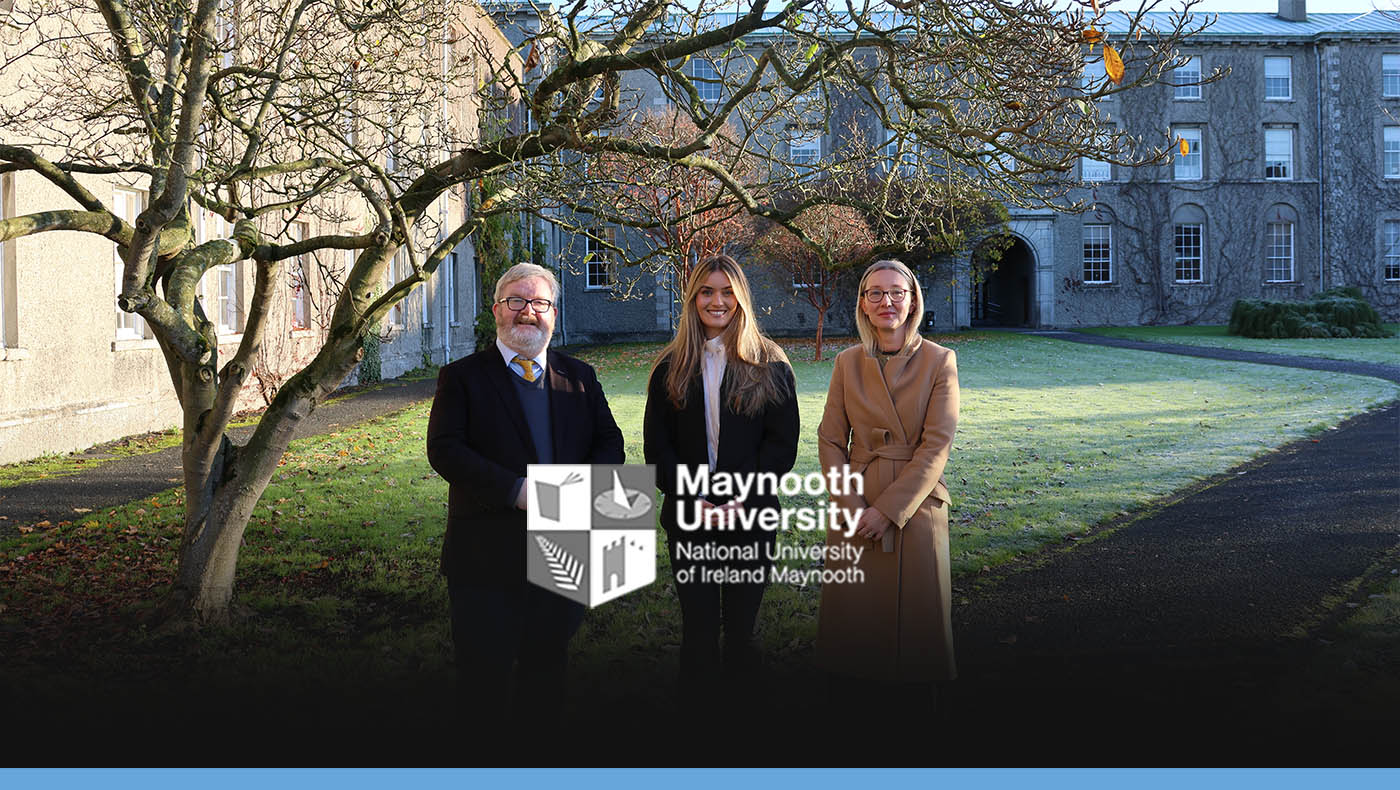As the economy continues to struggle with the ongoing impact of covid-19, the retail sector will likely come under further significant pressure. In this context, many companies will seek the Court’s protection from creditors through an examinership process to ensure survival and long term viability.
On 14 October 2020, Mr Justice McDonald handed down a decision in the High Court that may prove important for any business (particularly in the retail sector) that may be considering examinership as a possible restructuring mechanism.
This decision provides guidance in relation to the following matters:
- whether a company may seek the appointment of an examiner on the basis of potential future insolvency; and
- the manner in which a company should deal with its creditors prior to seeking the protection of the Court (in particular in dealing with a landlord).
Background
On 28 August 2020, an interim examiner was appointed over New Look Retailers (Ireland) Limited (the “Company”). The Company operates 27 retail stores in Ireland and is a wholly owned subsidiary of a UK holding company (the “UK Company”). As with most areas of the retail sector, the lockdown and social distancing measures introduced in Ireland from March to the present date, have had a severely damaging effect on its revenue. The Company’s directors argued that turnover across the Irish stores had fallen by over 60% in the period from March to August, as against the same period in 2019. In applying for the appointment of an examiner, the Company argued that it was likely to become insolvent (unable to pay its debts) pursuant to section 509 of the Companies Act 2014 (the “Act”).
In supporting the Company’s petition seeking the appointment of an examiner, an independent expert’s report was prepared by KPMG on behalf of the Company (the “IER”). The IER determined that the Company would be “cash flow insolvent” by October 2020.
A number of the Company’s landlords opposed the Company’s application for the appointment of an examiner. In response to the IER prepared by KPMG, the landlords engaged Grant Thornton to prepare a report to demonstrate that the Company was not insolvent (the “GT Report”). The GT Report highlighted a number of issues that contradicted the projected cash flow insolvency outlined in the IER, these included:
• the Company was preparing to make a payment of €4.4 million to the UK Company by way of a “central costs charge”;
• the IER did not take account of the Employment Wage Subsidy Scheme introduced by the Irish Government;
• the Company should be able to negotiate a 20% deferral of all rents payable from July 2020 until at least the end of 2021;
• a rent-write off could be negotiated for the period of April 2020 – June 2020; and
• the Company’s cash reserves would not be diminished to the extent outlined in the IER. The GT Report projected that the Company would remain solvent right through to March 2021.
Was the Company actually insolvent?
In this case, the Court was presented with competing expert reports in relation to the solvency of the Company. It was clear that at the date of presenting the petition, the Company was not insolvent. However, the Company argued that it did not need to be insolvent on the date of the presentation of the petition. The Company relied on the wording of section 509 of the Act, which states “where it appears to the court that, a company is, or is likely to be, unable to pay its debts”.
The crux of the Company’s argument in this regard was that the wording of section 509 of the Act provided protection to companies which were not currently insolvent, but were likely to become insolvent at some point in the future.
Following an exchange of affidavits on the matter, the independent expert revised its prediction that the Company would become insolvent in October 2020, extending this date to March 2021. The Company maintained its argument that this timeframe continued to fall within the scope of section 509 of the Act on the basis that economic circumstances would not improve due to the ongoing pandemic. In addition, there would be no material change to the Company’s fixed costs.
In what is an important takeaway from this case, the Court agreed with the Company’s argument and determined that the likelihood of the Company becoming insolvent early in 2021 was sufficient to meet the requirements of section 509 of the Act.
The Court ultimately did not agree to the appointment of an examiner, on the basis that the Company failed to demonstrate the real necessity of doing so at this point in time. It was highlighted that the appointment of an examiner remains at the discretion of the Court, notwithstanding the likelihood of insolvency having been demonstrated by the Company. The Court also noted that the Company had failed to take appropriate steps to improve its short term financial prospects. This inaction further damaged the ability of the Company to demonstrate urgency in relation to its application.
The Company’s engagement with its landlords
This was a central reason as to why the Court refused the application to appoint an examiner. There had been a noticeable lack of engagement by the Company with its landlords (who in this case were the main unsecured creditors). It was found that the Company had failed to negotiate with the landlord in any meaningful way prior to the presentation of the petition on 28 August 2020. While the Company had on a number of occasions communicated with its landlords outlining its precarious financial position, it had only offered a number of unilateral proposals and had not facilitated a dialogue with its landlords in trying to find a workable solution.
This was found to be fatal in its application to have an examiner appointed. The Court found that it was premature for the Company to seek examinership where “serious efforts to explore less drastic options” had not been taken. In this case, the Company was effectively seeking to use the examinership process as a means of renegotiating its existing leases with its landlords.
The Company argued that the existing leases effectively locked it into long term arrangements that were not financially sustainable and could ultimately push the Company to the brink of insolvency.
It is important to note that the Court considered the proposals put forward by the landlord in the GT Report when making its assessment regarding whether adequate engagement had taken place between the parties.
The lack of negotiation on the part of the Company indicated that they had “jumped the gun” and the Court was unwilling to intervene in such circumstances.
The Court directed that serious and meaningful negotiations should take place between the parties before examinership can be considered.
Key points
Examinership will be a tempting restructuring mechanism for many businesses, in particular those which are disproportionately affected by lockdown measures. This decision reinforces the fact that the Courts do not wish the examinership process to be abused by applicants who are seeking to renegotiate their obligations with their creditors.
The decision provides useful guidance as to when companies can actually apply for examinership protection. It is clear that the company does not need to be on “the edge of the precipice” in order to petition the Court. This is a welcome development for companies that are forecasting difficult months ahead.
Equally, the case demonstrates that examinership applications should not be sought prematurely and that companies need to be able to show that negotiations have taken place with key creditors, prior to coming to Court. This will be of particular importance for companies who are seeking to renegotiate the terms of existing leases. In these cases, companies should engage with any proposals put forward by their landlords and seek to use this as a starting point for negotiations.
This note is for general information purposes and does not constitute legal advice. Legal advice must be obtained for all individual circumstances. Each case must be assessed on its own merits







